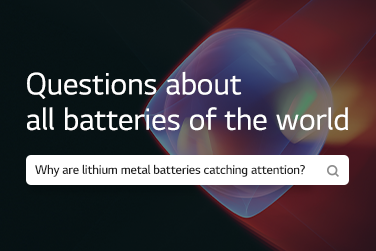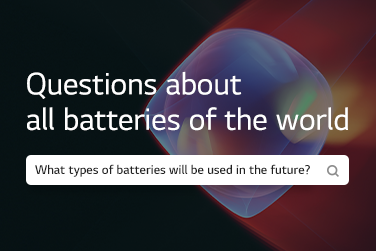Charging batteries is essential for EV drivers. Those who are not familiar with EVs yet might find it challenging to charge batteries. In this session, we will explore different EV battery charging methods, how they work, and what their characteristics are, to satisfy your curiosity on the subject!
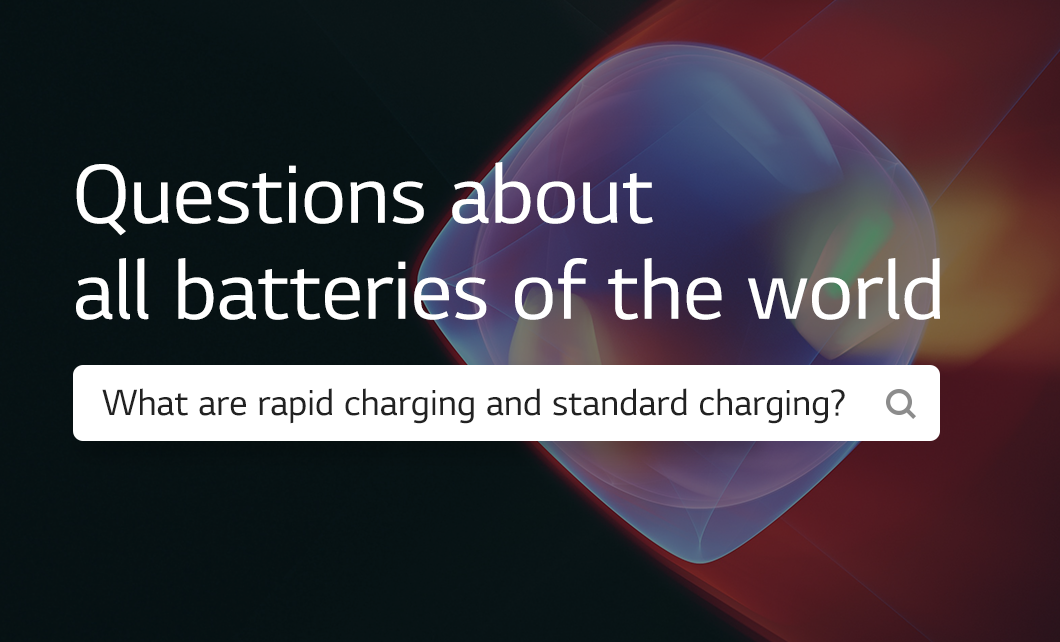
Q. What are the methods of charging EV batteries?

Charging EV batteries can be categorized largely into two methods based on charging speed: “fast charging” and “standard charging.” Fast charging is normally employed at public institutions, public facilities, and large commercial complexes, while standard charging is predominantly available at residential areas such as apartment complexes.
Q. What are the characteristics of fast charging?
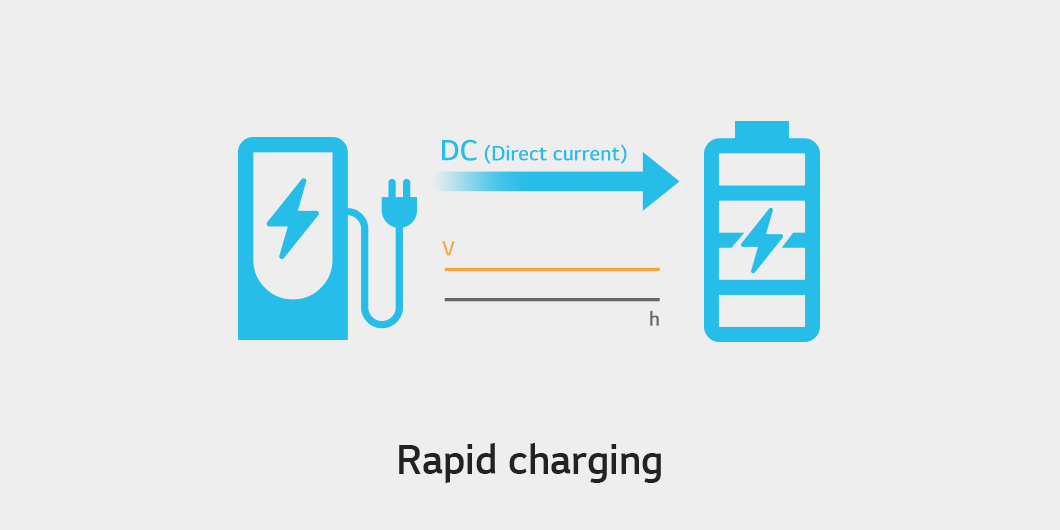
Fast charging is supplying direct current (DC)* power directly from the charger to the EV battery. Charger capacities typically exceed 50 kW, allowing for the swift transfer of a substantial amount of energy within a brief period of time. For battery safety, fast charging commonly supports charging up to approximately 80% of its total capacity, and it takes roughly 1 hour to reach 80%.
*Direct Current (DC): An electric current that flows consistently in a single direction
Q. What are the characteristics of standard charging?
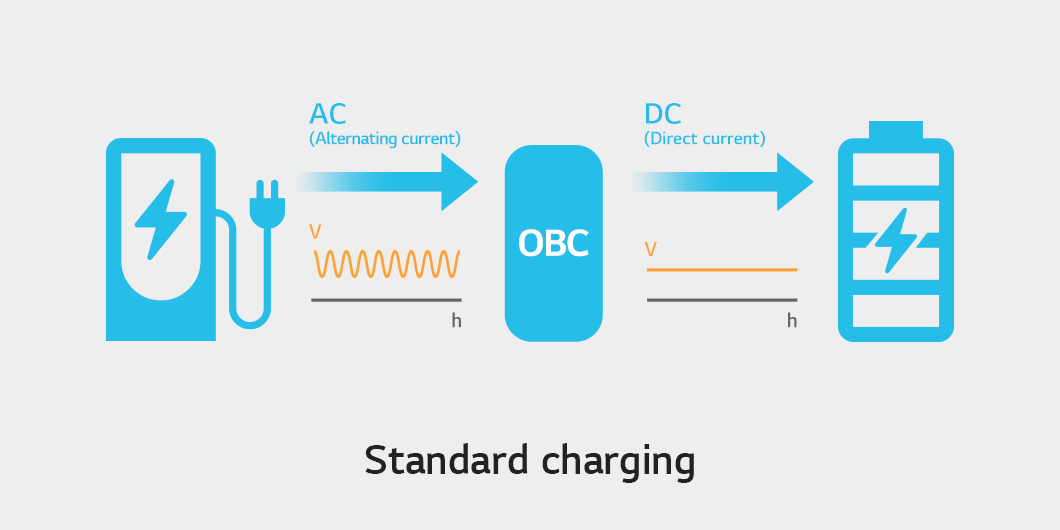
In standard charging, when the charger provides AC* power, On-Board Charger (OBC)* converts it to DC power to charge batteries. Since the current has to be converted, standard charging is relatively slower compared to fast charging. The charger output ranges from 3 kW to 7 kW depending on the charging environment, and it takes from 5 to 12 hours until the battery is fully charged.
*Alternating Current (AC): An electric current that periodically changes its direction and magnitude over time.
*On Board Charger (OBC): A device that converts AC power from external sources to DC power to charge high-voltage batteries.
Q. Is there anything we should remember when charging an EV?
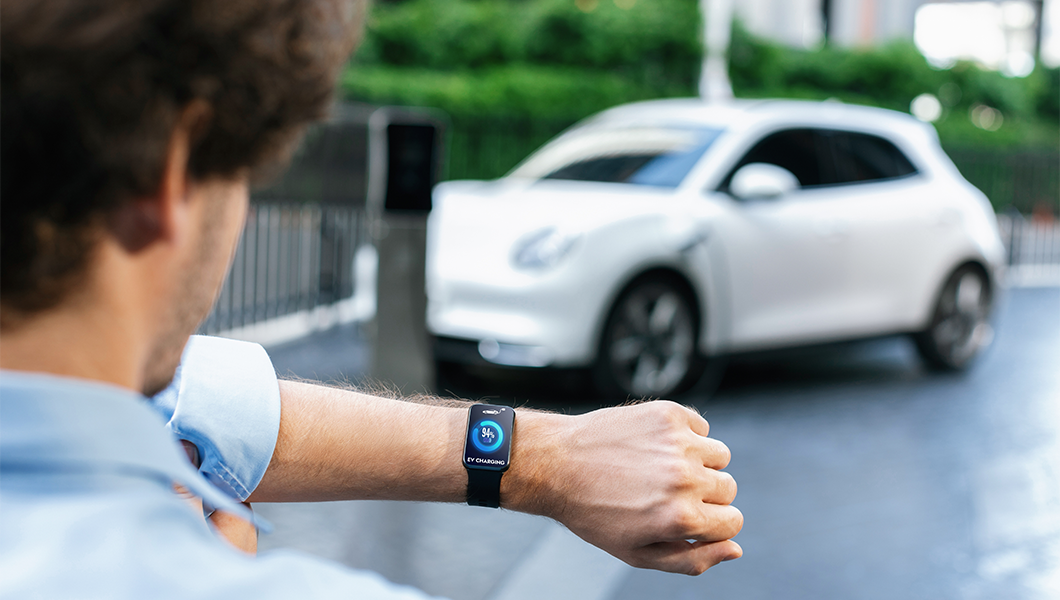
Rapid charging shortens the time for charging. However, if you resort to it too often, you may end up putting stress on the electrode structure and undermining battery life and performance.
Therefore, for safe use and prolonged high performance of your batteries, it is advisable to practice a balanced charging habit. Specifically, you can set a charging limit and alternate fast and standard charging methods.
Q. What are the prospects for the EV charger market?
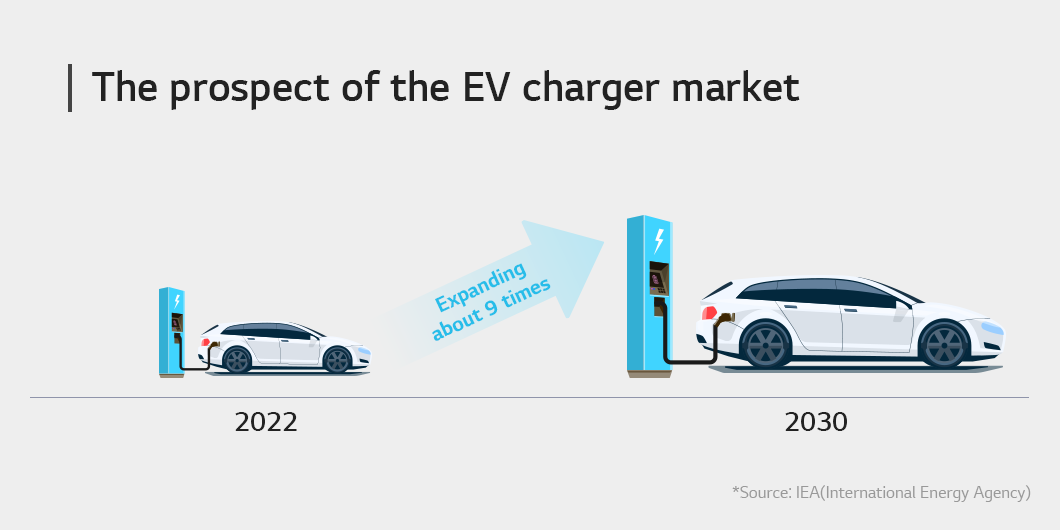
The growth of EV sales is boosting the growth of the charger market. The International Energy Agency forecasts that the EV charger market will expand about 9 times by 2030 compared to 2022. In line with the market trends, the industry is dedicated to building more charging infrastructure and increasing convenience and safety of charging at the same time.
We have examined the principles and differences between fast and standard charging for EV batteries so far. Since we have also taken into account the key points to keep in mind when choosing a charging method, hopefully charging an EV has become much easier for you. As the EV charging infrastructure continues to expand, we anticipate more drivers will enjoy using EVs in an increasingly favorable environment.
